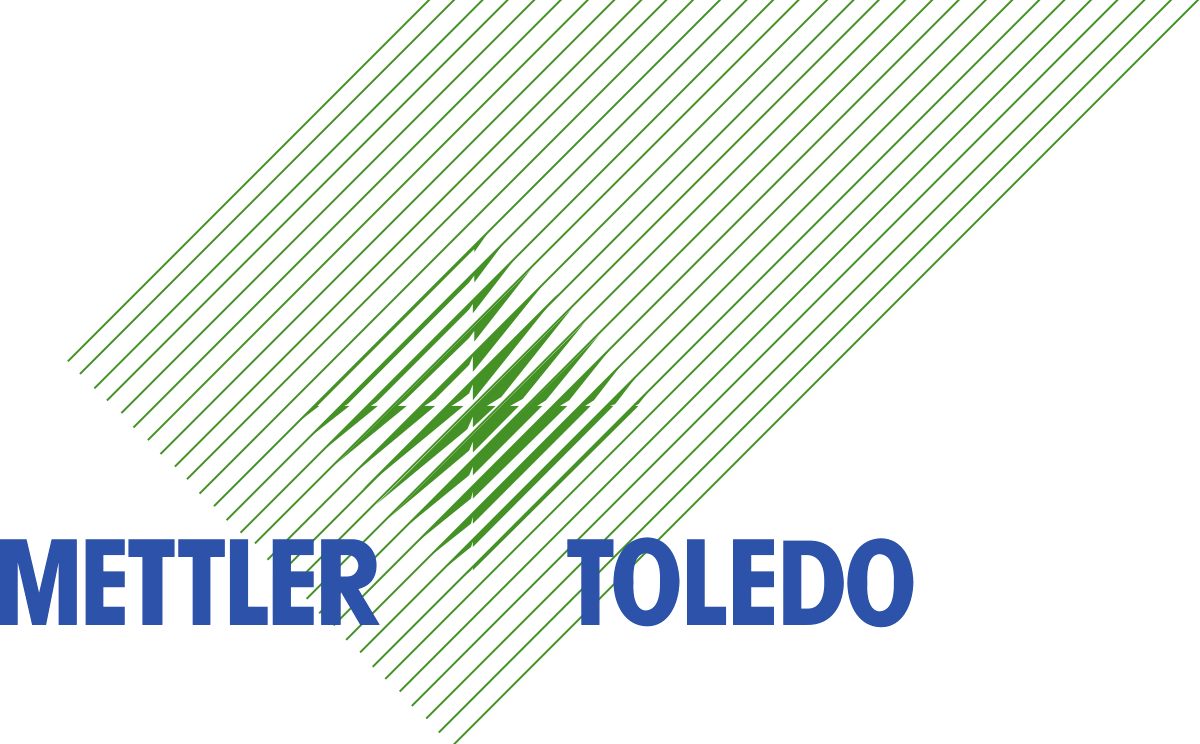Can you tell us what Clean-in-Place (CIP) means? What are the challenges associated with CIP?
Clean-in-place, or CIP, was originally developed to create efficiencies in cleaning processes.
The concept involves using defined and repeatable procedures to ensure cleaning is done effectively every time. CIP is essential for food and beverage manufacturers as it ensures product quality and safety while meeting requirements such as hazard analysis and critical control points or standards under the Global Food Safety Initiative.
CIP does not directly contribute to a company’s earnings—it is a necessity rather than a profit center. It involves significant consumption of resources like energy and water and generates a large amount of wastewater. Additionally, many companies dedicate up to 20 % of their operational time to cleaning, which reduces production uptime.
The challenge lies in balancing these requirements while finding ways to optimize the process. By closely analyzing CIP operations, businesses can identify opportunities to improve resource efficiency, reduce waste, and enhance overall uptime while maintaining high safety and quality standards.

Image Credit: RerF_Studio/Shutterstock.com
What is the impact of CIP on food safety?
CIP is essential for maintaining food safety by removing product residues that naturally build up on equipment like tanks, pipes, and pumps during production. These residues provide a breeding ground for microorganisms and bacteria. In the early stages, this buildup is typically easy to clean. However, if left unchecked, it can develop into biofilms, solid layers of microorganisms on equipment surfaces.
Once a biofilm forms, it becomes significantly harder to remove. Cleaning might require higher temperatures, stronger concentrations of cleaning agents, or more aggressive detergents not typically used in standard cleaning cycles.
If biofilms are not eliminated, they can release microorganisms into production, leading to contamination. When this occurs early in production, it creates an extended window—potentially eight to 10 hours—where products can spoil, compromising safety and quality.
CIP ensures this does not happen by focusing on four key cleaning parameters: temperature, detergent concentration, mechanical impact (achieved using pumps), and cleaning duration.
Herbert Sinner established these principles during his work at Henkel Ecolab. Effectively managing these factors ensures thorough cleaning and food safety throughout production.
What are the general purposes of cleaning?
Cleaning serves two primary purposes: removing product residues like fats, proteins, sugars, and minerals and ensuring the system is safe for further use. The process typically involves multiple steps.
First, cold or warm water flushes out loose residues. Then, a heated caustic solution dissolves tougher deposits like fats and proteins, while additives help carry these residues out of the system. Finally, an acid step neutralizes any remaining caustic, removes mineral deposits, and kills microorganisms by breaking down their cell walls.
Modern CIP systems rely on timing or operator experience to manage cleaning cycles. However, due to variations in equipment and processes, extra safety measures are needed to ensure all steps are completed thoroughly. This ensures effective cleaning while optimizing water and detergent reuse.
What processes can be implemented to achieve cost savings?
Achieving cost savings in CIP processes involves optimizing water, energy, and detergent usage while maintaining effective cleaning. One key improvement is using advanced inline sensors, like turbidity sensors, to adapt cleaning processes in real time rather than relying on fixed-time controls or operator judgment.
For example, during the initial water flushing phase, a turbidity sensor can detect when the water is clear enough to stop flushing and transition to the next step. This precision reduces unnecessary water usage compared to traditional time-based methods.
Similarly, these sensors monitor the soil removed during the caustic cleaning phase. By draining only the dirtiest portion of the caustic and switching to recirculation at the optimal point, you can extend the lifespan of the caustic solution and conserve the energy already invested in heating it to cleaning temperatures.
Conductivity sensors also monitor detergent concentration, though their readings can be affected by factors like product residues or varying water conditions. This variability often leads to overdosing on detergents as a safety measure, which increases both chemical costs and wastewater handling expenses.
Refining detergent dosing and implementing turbidity-based controls can reduce the chemical load, lowering overall costs without compromising cleaning effectiveness.
How can we tackle first-hand detergent costs and higher costs in wastewater handling?
Optimizing the monitoring and control of cleaning detergent activity is crucial to managing detergent costs and reducing wastewater handling expenses. This can be achieved using advanced sensors like combined pH and oxidation-reduction potential (ORP) sensors, which assess how active the cleaning agents are in real-time.
By accurately measuring the detergent’s effectiveness, you can avoid overcompensating with higher temperatures or extended cleaning durations, which reduces unnecessary energy use and detergent waste. Conductivity sensors monitor detergent concentration for more precise control.
Four-pole sensors are among the options, and they are particularly effective for hygienic CIP applications. They offer advantages like flush mounting to eliminate pressure drops, quick temperature compensation for accurate readings, and enhanced sensitivity during the transition phases between water and caustic.
Turbidity sensors further contribute by identifying when the flushing phase is complete, allowing you to conserve water and avoid sending excessive soil into detergent tanks.
Together with these sensors, a system like the InPro 3253i—combining pH and ORP measurement—ensures detergent activity remains optimal, minimizing costs for chemicals and wastewater management.
Why is it important to have a flush-mounted installation?
Flush-mounted installations, such as VariVent housing, are important for ensuring effective and efficient CIP cleaning.
They eliminate dead ends and corners where flow stagnation occurs, a common problem with traditional T-piece installations. In T-piece setups, flow can bypass certain areas or fail to reach the desired temperature, leaving residual soil or contamination behind.
With flush-mounted designs, the cleaning solution flows smoothly across the sensor surface and through the system, ensuring consistent coverage and reducing the time required for complete cleaning.
This design minimizes mixing phases and dead zones, significantly reducing water and energy consumption. It also improves cleaning accuracy, as areas are less likely to retain uncleaned material.
Flush-mounted sensors also optimize flow dynamics, preventing pressure drops and maintaining consistent velocity. This saves energy and supports compliance with hygienic design standards like those from the European Hygienic Engineering Design Group.
Finally, what solutions does Mettler Toledo provide and recommend for CIP cost savings?
Mettler Toledo offers several solutions to enhance CIP processes, improve efficiency, and reduce costs. The primary recommendation is to adopt hygienic design principles.
This includes using inline housings and flush tank adapters and ensuring smooth welds to eliminate dead ends, crevices, and T-piece installations. Such designs improve drainage, minimize cleaning time, and enhance overall cleanliness.
Mettler Toledo provides turbidity, conductivity, and pH sensors for inline analytics to optimize cleaning steps. Turbidity sensors detect when cleaning has reached the desired clarity, enabling step changes based on precise data rather than time estimates, with accuracy far exceeding human observation.
Conductivity sensors detect phase shifts and measure cleaning detergent concentration. pH sensors monitor cleaning detergent activity, allowing precise dosing adjustments to maintain efficiency without overuse.
These solutions, integrated through Mettler Toledo’s advanced transmitters, reduce water consumption, detergent usage, and cleaning times. This lowers wastewater costs and minimizes environmental impact.

This information has been sourced, reviewed and adapted from materials provided by Mettler-Toledo International Inc.
For more information on this source, please visit Mettler-Toledo International Inc.
Disclaimer: The views expressed here are those of the interviewee and do not necessarily represent the views of AZoM.com Limited (T/A) AZoNetwork, the owner and operator of this website. This disclaimer forms part of the Terms and Conditions of use of this website.